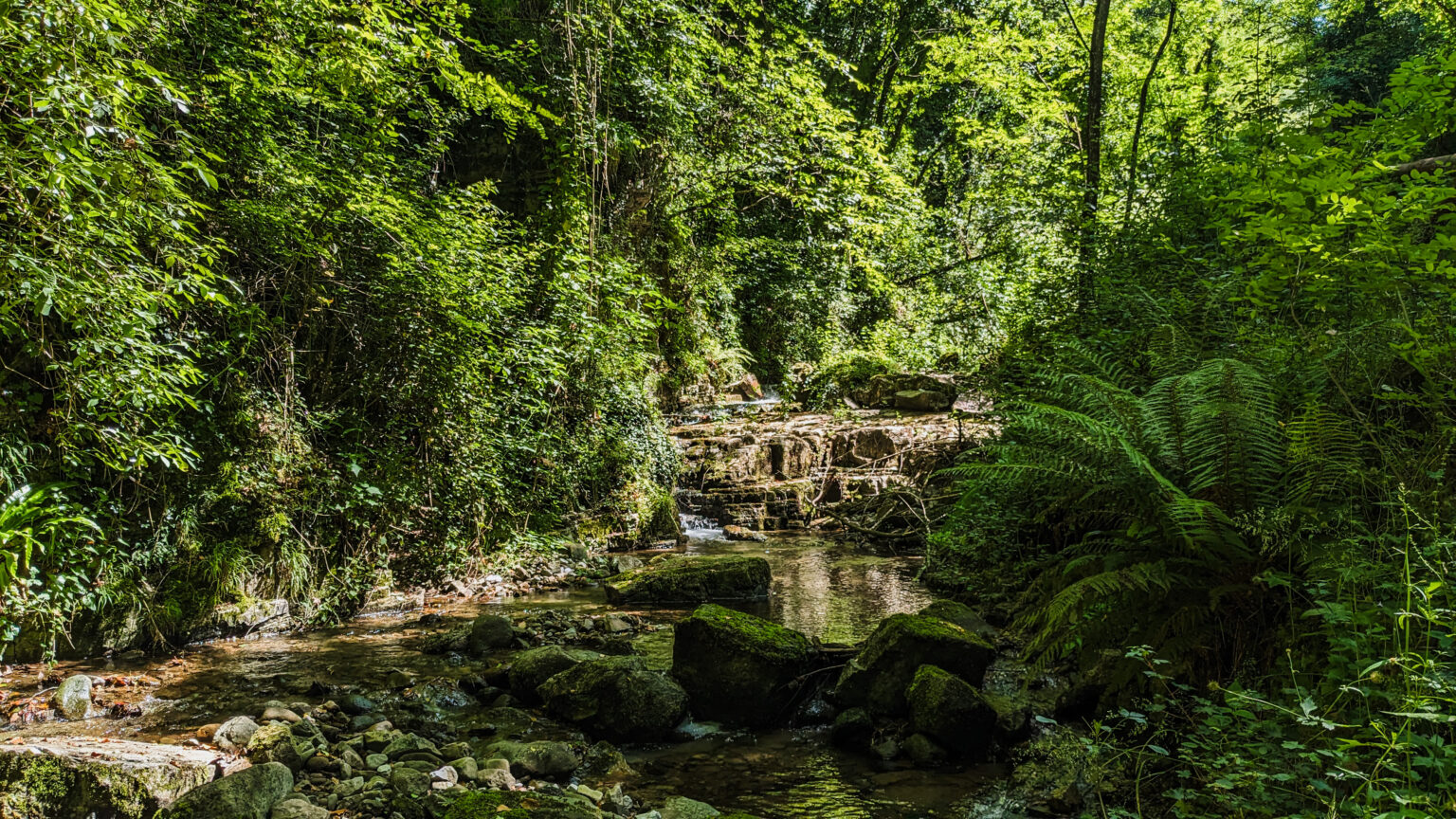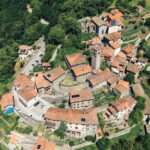The geology of the area is part of the evolutionary context of the Apennine chain. Basically, orogenesis (the formation of the mountain structure) developed in two distinct phases: first a compression phase and then a relaxation phase. These movements generated the reliefs and the wide central valley, which we can see around us today. The development of the "graben" of the Garfagnana and Mediavalle - i.e. a strongly lowered area on the axis of the valley - is the result of the geologically recent relaxation movement that began about 100,000 years ago, which allowed the formation of large central lakes. One of them developed upstream of Fosciandora, as far as Castelnuovo, while another developed from Campia as far as Calavorno. Only in the most recent phases of our history the Serchio river has cut through the valley from Castelnuovo to below Treppignana and further south, from Calavorno to Borgo a Mozzano, eroding the rocks and exploiting the greater material weakness of some areas, thus causing the lake basins to empty.
This erosion has brought to light, in the Rimonio valley, a small outcrop of white limestone called “Majolica”, which would previously have been hidden under other materials, as it is stratigraphically lower than the sandstone and flake formations that predominate throughout the municipality of Fosciandora. This rock, “Majolica”, consist of a very fine, white matrix, generated by diagenesis (consolidation and cementation of loose materials) of organic oceanic remains deposited in the Titonian, 150 million years ago. The rock has a characteristic geometric arrangement in layers that is clearly visible in some parts of the channel.







